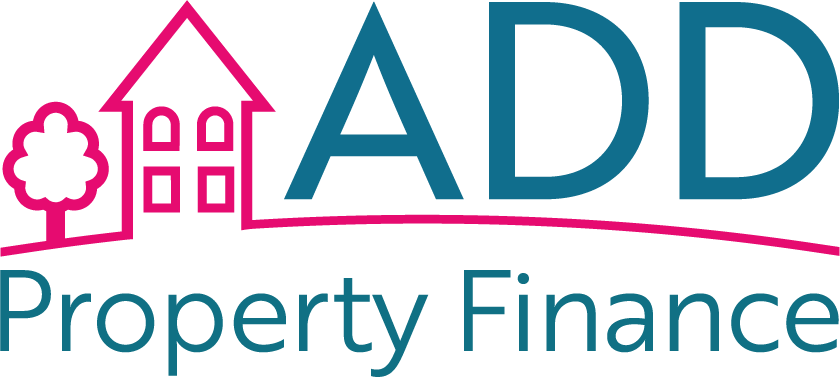Investing in buy-to-let properties can be a lucrative venture, but it’s essential to protect your investment. Buy-to-let insurance is a crucial tool for safeguarding your property and income as a homeowner. In this guide, we’ll explore the types of insurance coverage available to protect your buy-to-let properties and ensure peace of mind.
1. Buildings Insurance
Buildings insurance covers the structure of your property, including the roof, walls, floors, and fixtures. It protects against damage from events such as fires, storms, flooding, and vandalism. Having buildings insurance is typically a requirement for mortgage lenders.
2. Contents Insurance
While tenants are usually responsible for insuring their personal belongings, as a landlord, you may want to consider contents insurance for any furnishings or appliances you provide with the property. Contents insurance covers items like furniture, appliances, and carpets against theft, damage, or loss.
3. Landlord Liability Insurance
Landlord liability insurance protects you against claims made by tenants or visitors who are injured on your property. It covers legal expenses and compensation if you’re found liable for accidents or injuries.
4. Rent Guarantee Insurance
Rent guarantee insurance provides financial protection in case your tenants are unable to pay rent. It typically covers unpaid rent for a specified period, legal expenses for eviction, and sometimes damage caused by tenants.
5. Legal Expenses Insurance
Legal expenses insurance covers the cost of legal proceedings related to your property, such as eviction proceedings or disputes with tenants. It can save you significant costs in legal fees.
6. Emergency Assistance Insurance
This insurance provides 24/7 access to a helpline for emergency repairs. It covers the cost of call-out fees and urgent repairs for issues like a burst pipe or boiler breakdown.
7. Home Emergency Cover
Similar to emergency assistance insurance, home emergency cover provides assistance for urgent repairs but may also include additional services like temporary accommodation for tenants if the property becomes uninhabitable.
8. Unoccupied Property Insurance
If your property is vacant between tenancies, unoccupied property insurance can provide coverage. Vacant properties can be more vulnerable to risks like vandalism or squatters, and this insurance helps mitigate those risks.
9. Specialist Insurance for HMOs
If you’re renting out a House in Multiple Occupation (HMO), you may need specialist insurance. HMO insurance accounts for the unique risks associated with multiple tenants in one property.
10. Personal Accident Insurance
While not specific to property, personal accident insurance can be beneficial for landlords. It provides financial support if you’re unable to work due to an accident, helping you maintain your rental income.
Conclusion
Investing in buy-to-let properties can provide a steady income stream, but it’s essential to protect your investment from unexpected risks and losses. Buy-to-let insurance offers various coverage options to suit your needs, ensuring that your property, income, and financial well-being are safeguarded. When selecting insurance, carefully assess your property’s unique circumstances and consider consulting an insurance expert to choose the right policies for your buy-to-let portfolio. With the right insurance coverage, you can enjoy the benefits of property investment with greater peace of mind.







